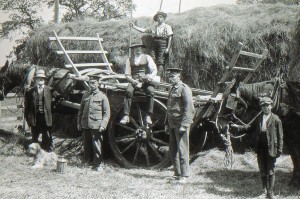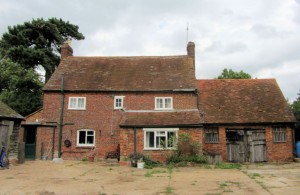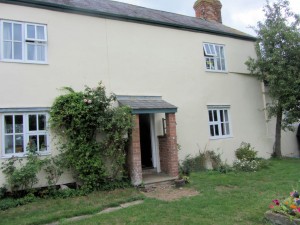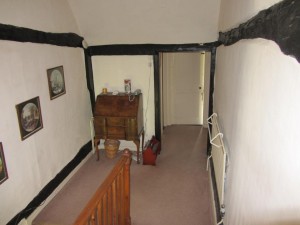Buxlow Farm
Buxlow Farm
Lyn Jones kindly provided the photographs of the Buxlow Farm buildings
It seems reasonable to speculate that the name Buxlow was most likely linked to the Anglo-Saxon chieftain Bucca, who also gave his name to Buckingham.
Buxlow was awarded to William Deverell at Enclosure, but the Pre-enclosure map of 1762 shows no farm or buildings on the modern site of the farmhouse. So it seems quite likely that William Deverell originally lived in the village. The farmhouse has the character, however, of a 17th Century house.
So it would appear to have been moved piecemeal from some another site most likely within the village and re-erected post-enclosure.
This theory is supported by a mortgage describing the post enclosure house as ‘new’ (Reading, 1993). Building materials were very costly, but labour very cheap.
The Turnpike Road can still be traced where it once passed south of the farmhouse. William Woodhead sold to the Fremantle family in 1828 for his relative Elizabeth Deverell, the widow of William .
An examination of the frame timbers contained within the Buxlow structure helps to confirm that the farm building was probably derived from a previous, older building most likely from within Swanbourne village.
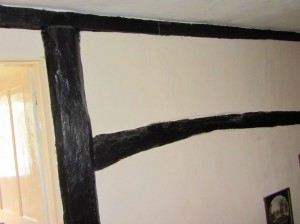
Seventeenth century oak timers in Buxlow Farm may have been moved from their original site in Swanbourne.
Mature Scots pine trees close to Buxlow may be linked to the proximity both to the Old Holkham Beer Hall as well as the Neptune pub, suggesting that they may be derived from pines planted by Drovers. This was a frequent practice in the 18th Century, designed to indicate Drovers Roads with Inn stops.
RETURN to Buildings and Institutions Category
This post has 3 Simple Fields-fields attached. Show fields.


